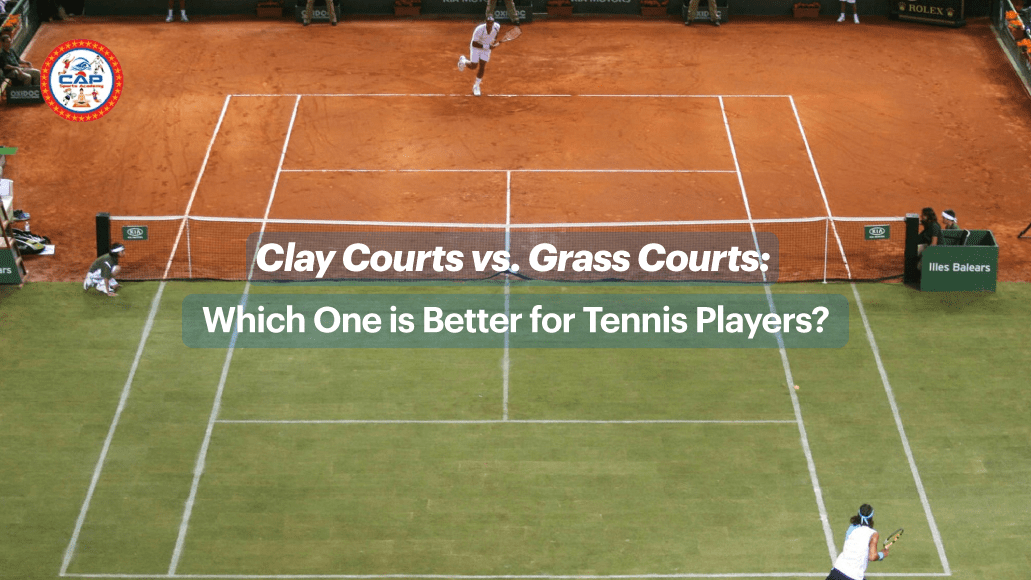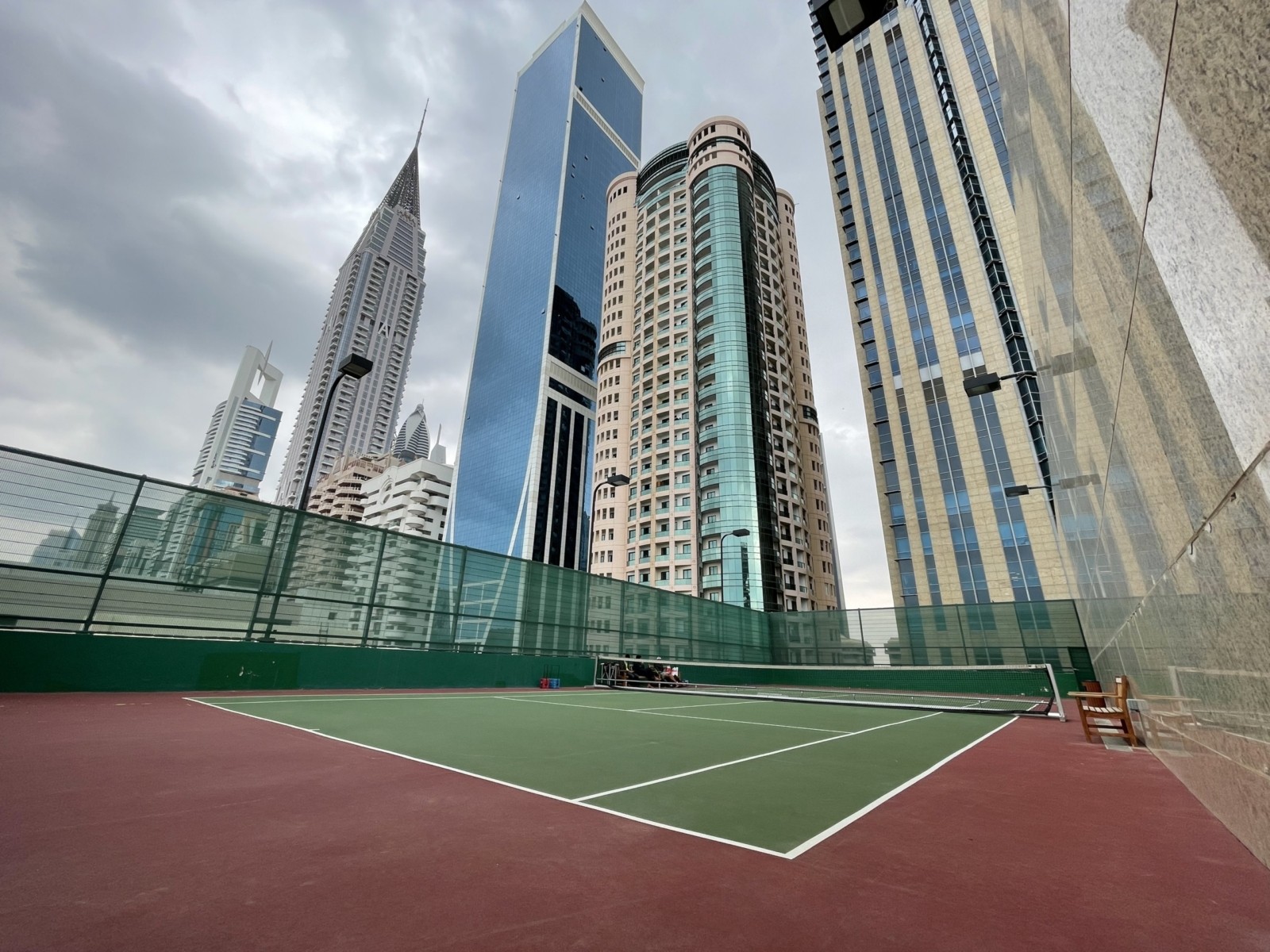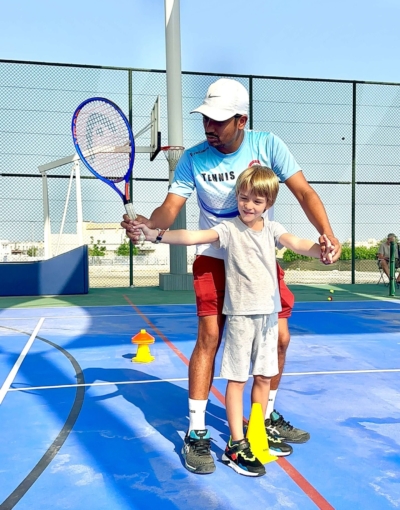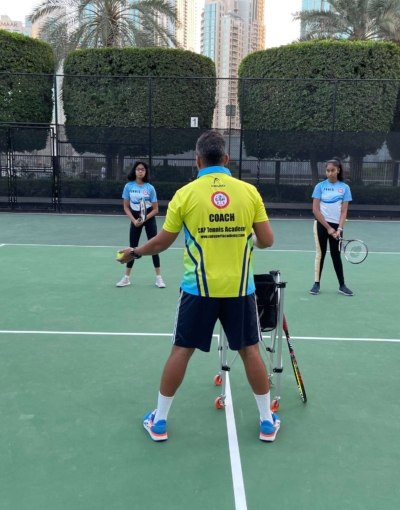Clay Courts vs. Grass Courts
Tennis is one of the most versatile sports that you can play on different courts, including grass courts, clay courts, and hard courts. Although a professional player can play on just about any court, knowing your unique playing style and choosing the court surface accordingly can make a big difference to your game. There’s a reason some tennis stars play on a specific court. They are more confident on certain surfaces and can play well. You can also get a tennis court for rent to try different surfaces. In this post, we will show you the difference between the two most common tennis courts—clay and grass. Keep reading.
Clay Courts Explained
The slowest surface for tennis, clay courts are preferred by tennis players who use spin. The slower speed of the ball creates a higher bounce, giving certain players a competitive advantage. For beginners, a clay surface seems like an ideal choice, as the slow speed of the tennis ball gives them sufficient time to return it. That, however, doesn’t work well for every player. Pete Sampras, for instance, did not win the French Championship ever despite being the tennis champion on hard and grass courts. Michael Chang, on the other, is considered the King of Clay. The court is suitable for baseline players.
Pros of Clay Court
- Clay courts offer decent cushioning, preventing tennis elbow and other knee and joint injuries on the court.
- It offers a good ball bounce, allowing you sufficient time to return the short easily.
- It’s perfect for outdoor tennis. Clay can absorb moisture pretty well, so if there’s rainfall, you don’t have to worry about it affecting your game.
Cons of Clay Court
- Tennis court might offer great bounce and spin, but it requires a lot of maintenance. These courts in Europe, especially, require a lot of water as the weather isn’t always good there.
- Some clay courts result in bad bounces. If they aren’t maintained properly, there will be uneven surfaces, making it difficult to play.
What are Grass Courts?
Grass court is all about the soft soil offering a low bounce and a fast speed. Sometimes, it can lead to unpredictable bounce as the surface is extremely slippery. Because of the nature of the grass courts, the tennis ball tends to move relatively faster compared to that on clay courts.
It’s the complete opposite of the clay courts, where bounce tends to be higher and the speed remains slow. Because of the uneven and slippery surface of grass, the ball moves at a fast speed and doesn’t bounce much. The ground is perfect for players who like to play close to the net. Pete Sampras who couldn’t win The French Championship is considered the champion of tennis matches conducted on grass courts.
Pros of Grass Court
- The soft texture of grass makes it easy on your knees and legs.
- You can practice groundstrokes at a low height, putting less pressure on your arms.
- The consistent and low bouncing of the ball is easy to handle.
Cons of Grass Court
- Grass court requires excessive maintenance, as it needs regular trimming.
- The speed of the ball is quite fast, increasing the risk of shock
- There is unpredictable bouncing of the ball due to the uneven grass surface
There’s no ideal choice between grass and clay court. Both offer certain benefits, and a different level of bounce and are associated with characteristics that make them good for certain players. You can use a tennis court rental Dubai for grass and clay surfaces and try playing on each court. This will help you determine the most suitable ground for your playing style.










 India
India





